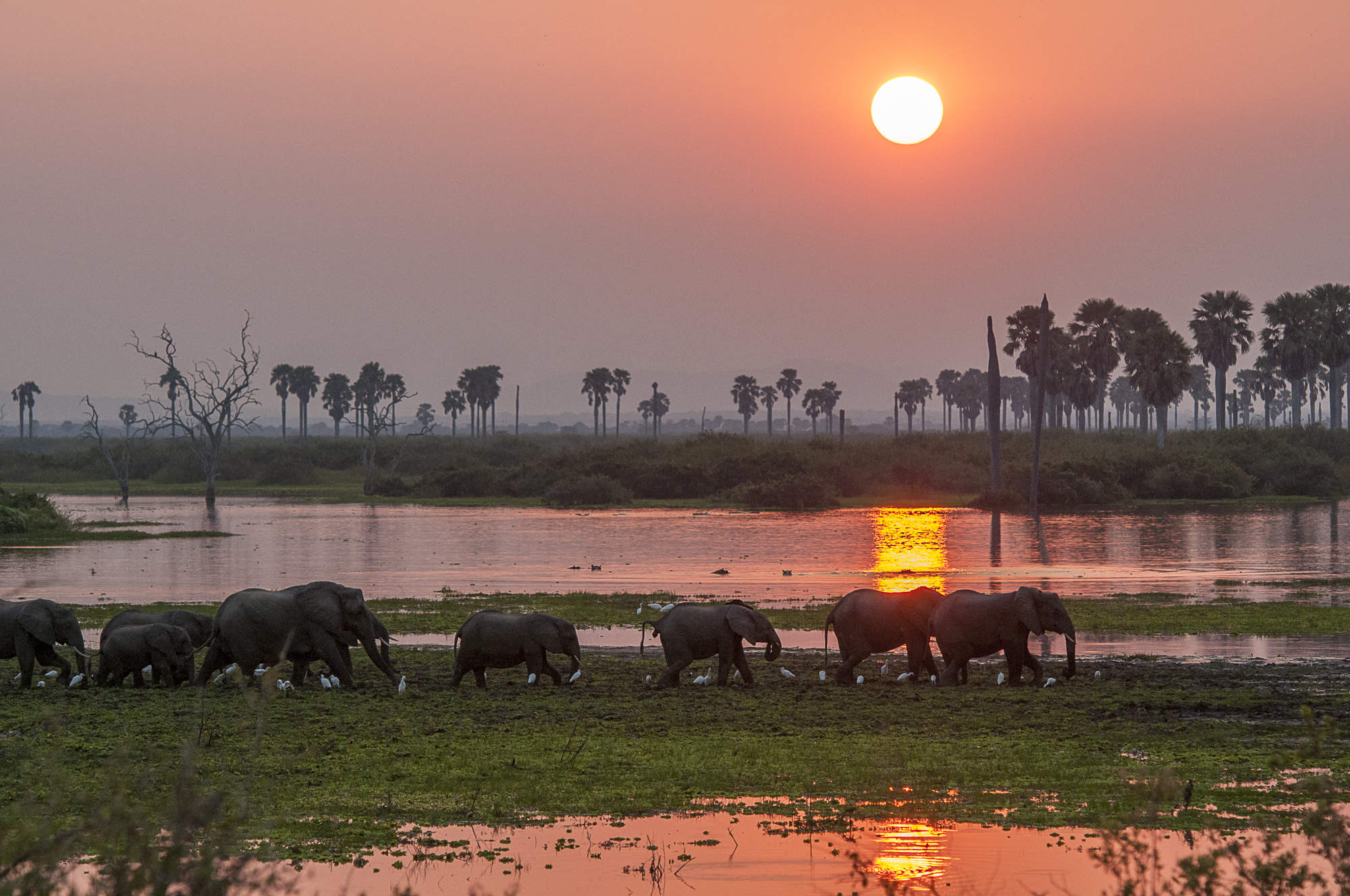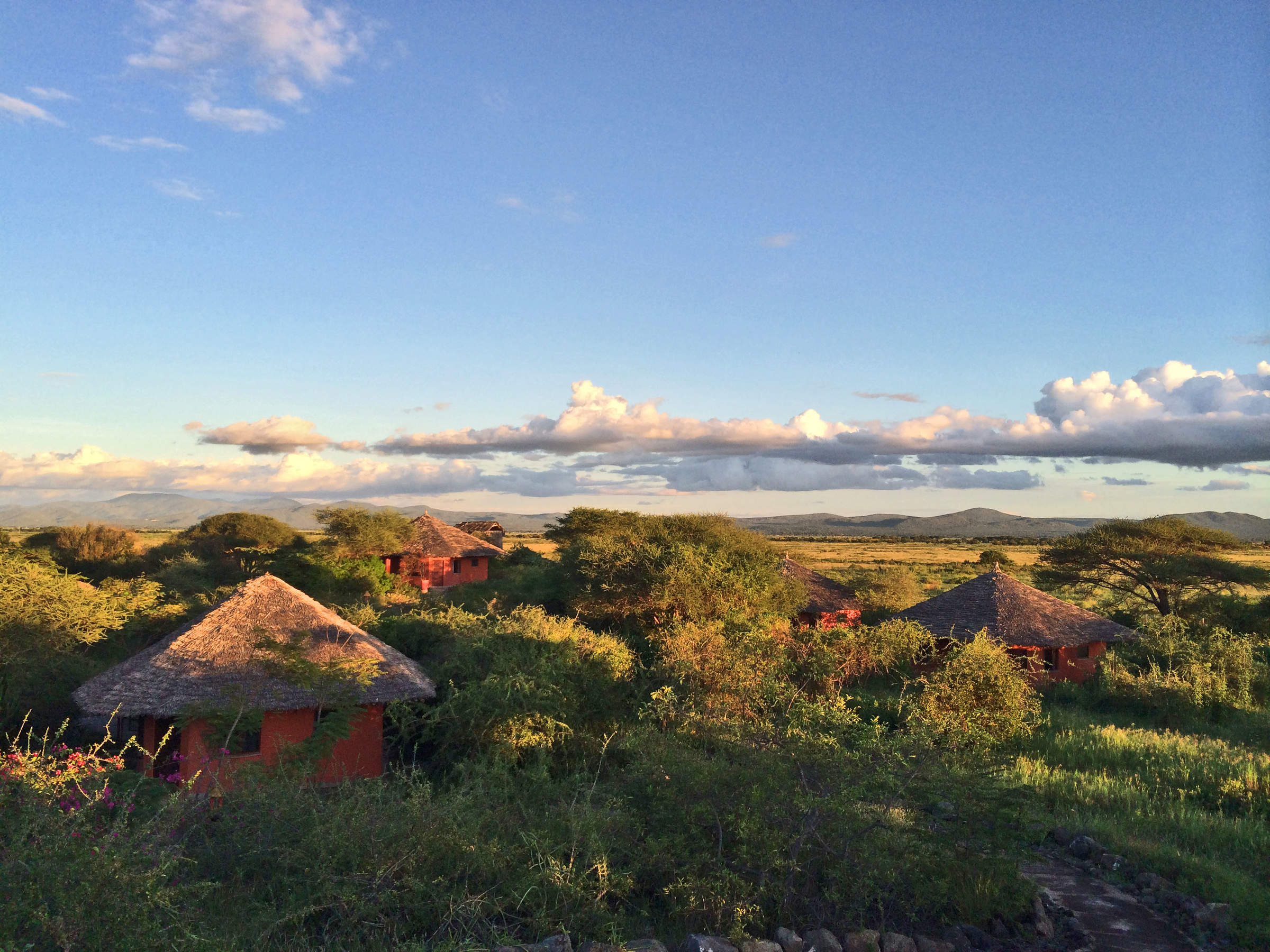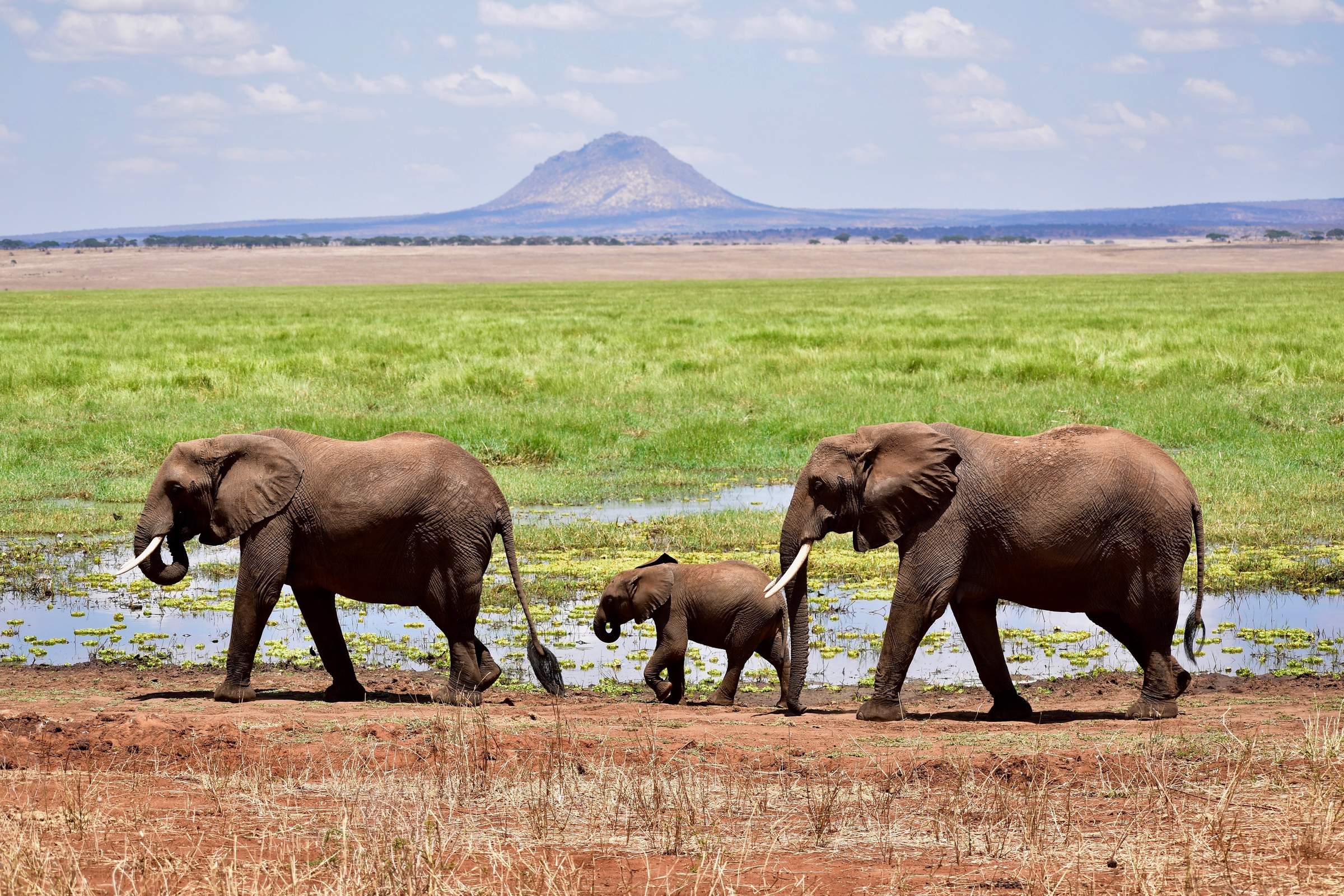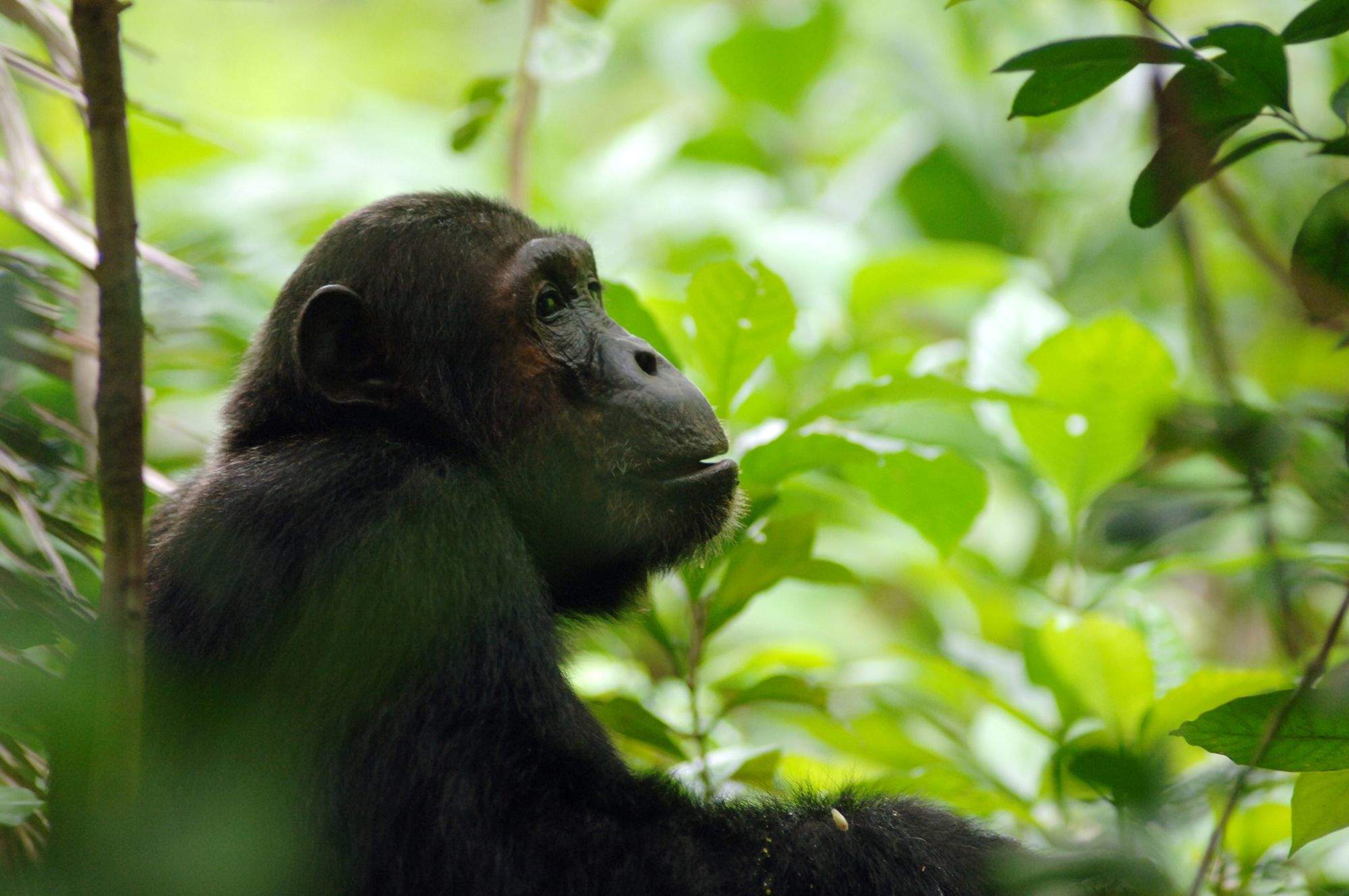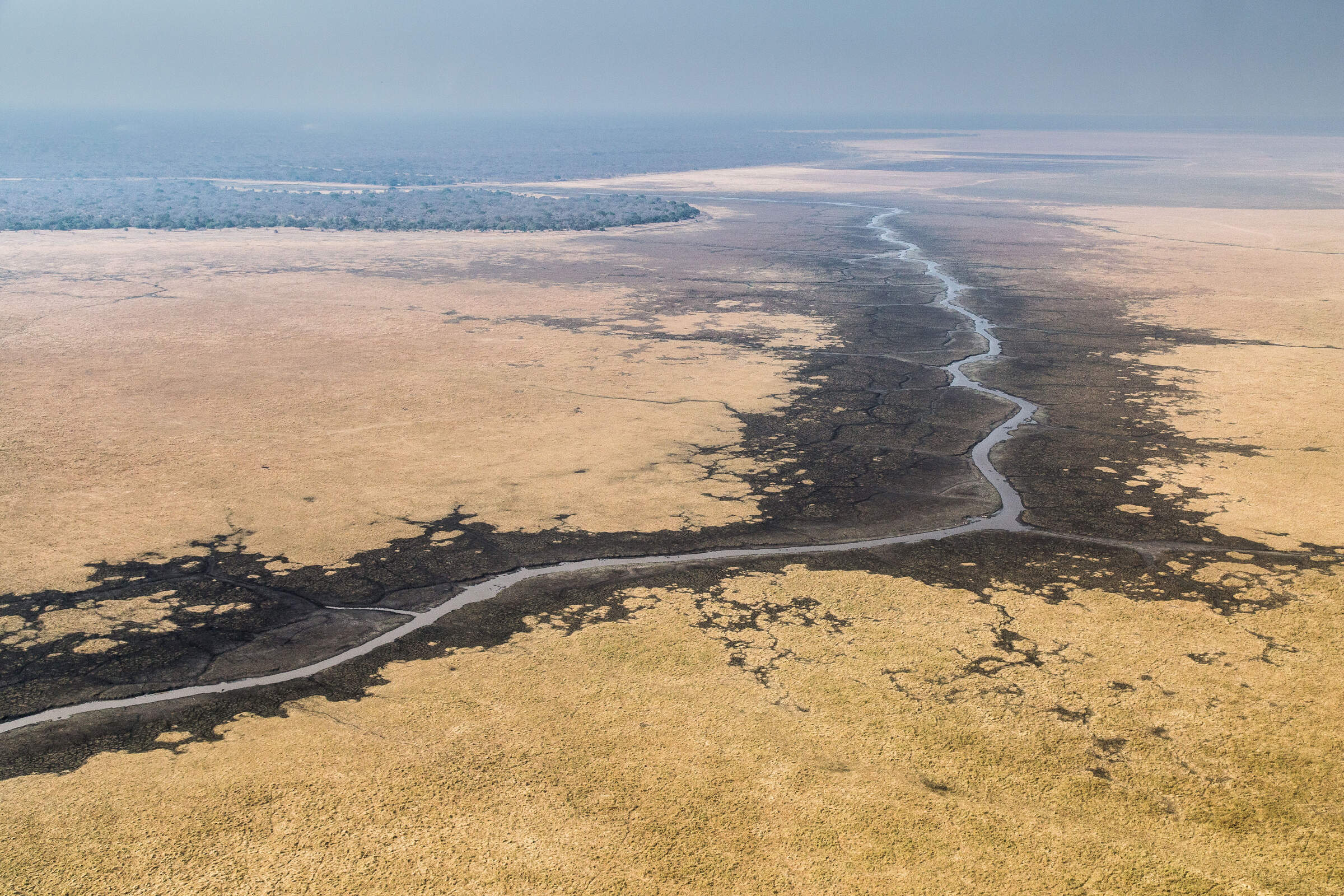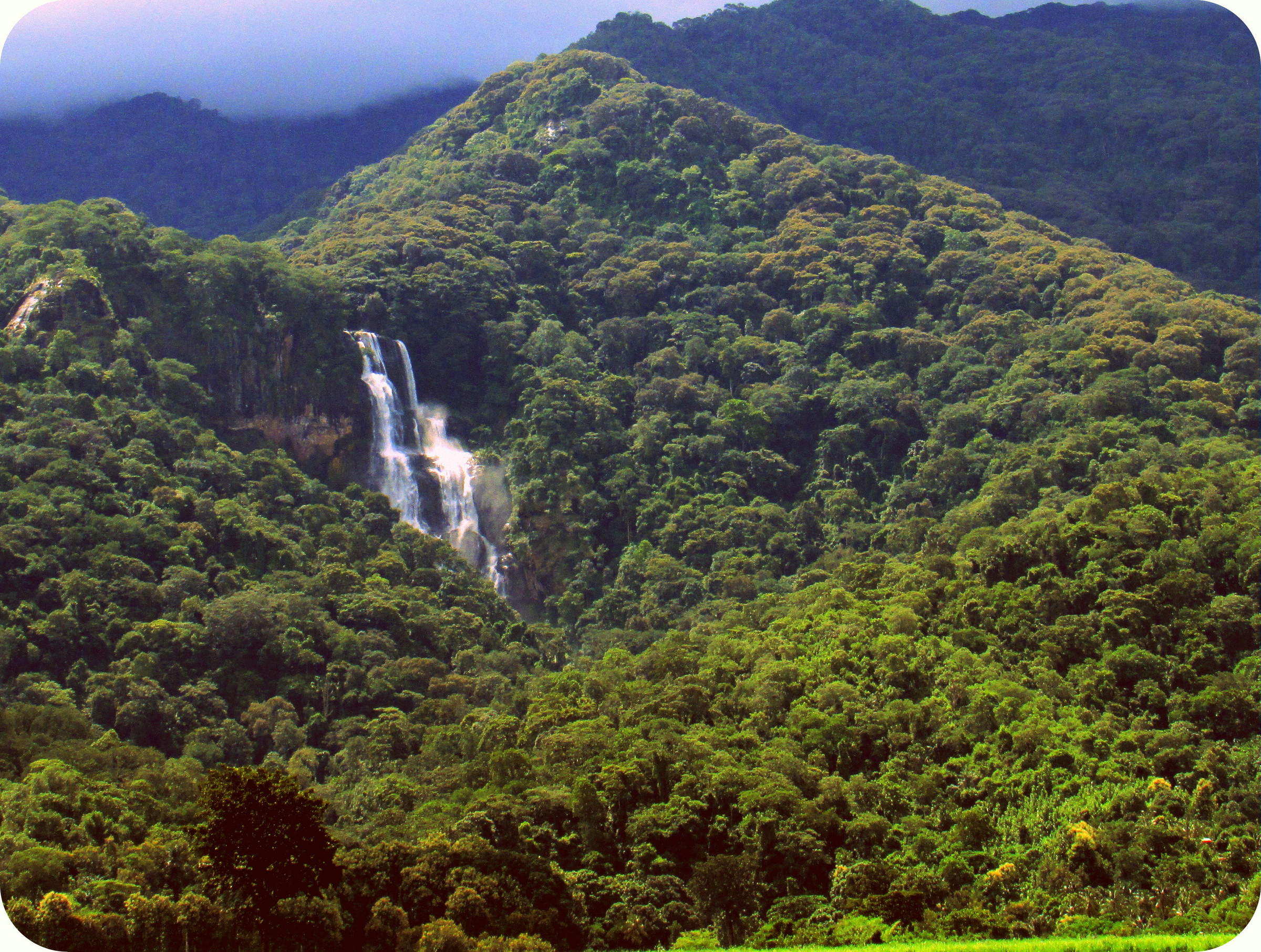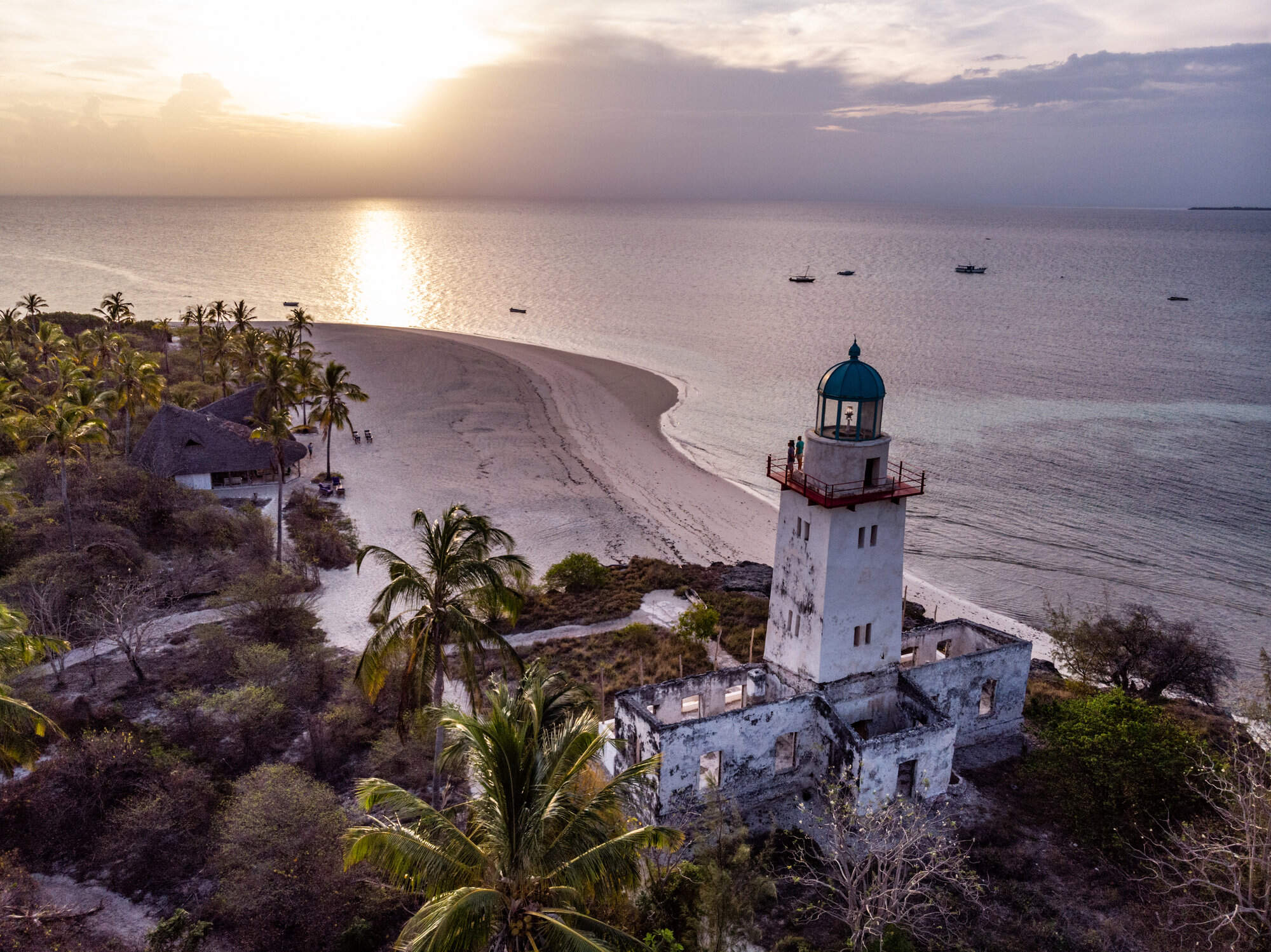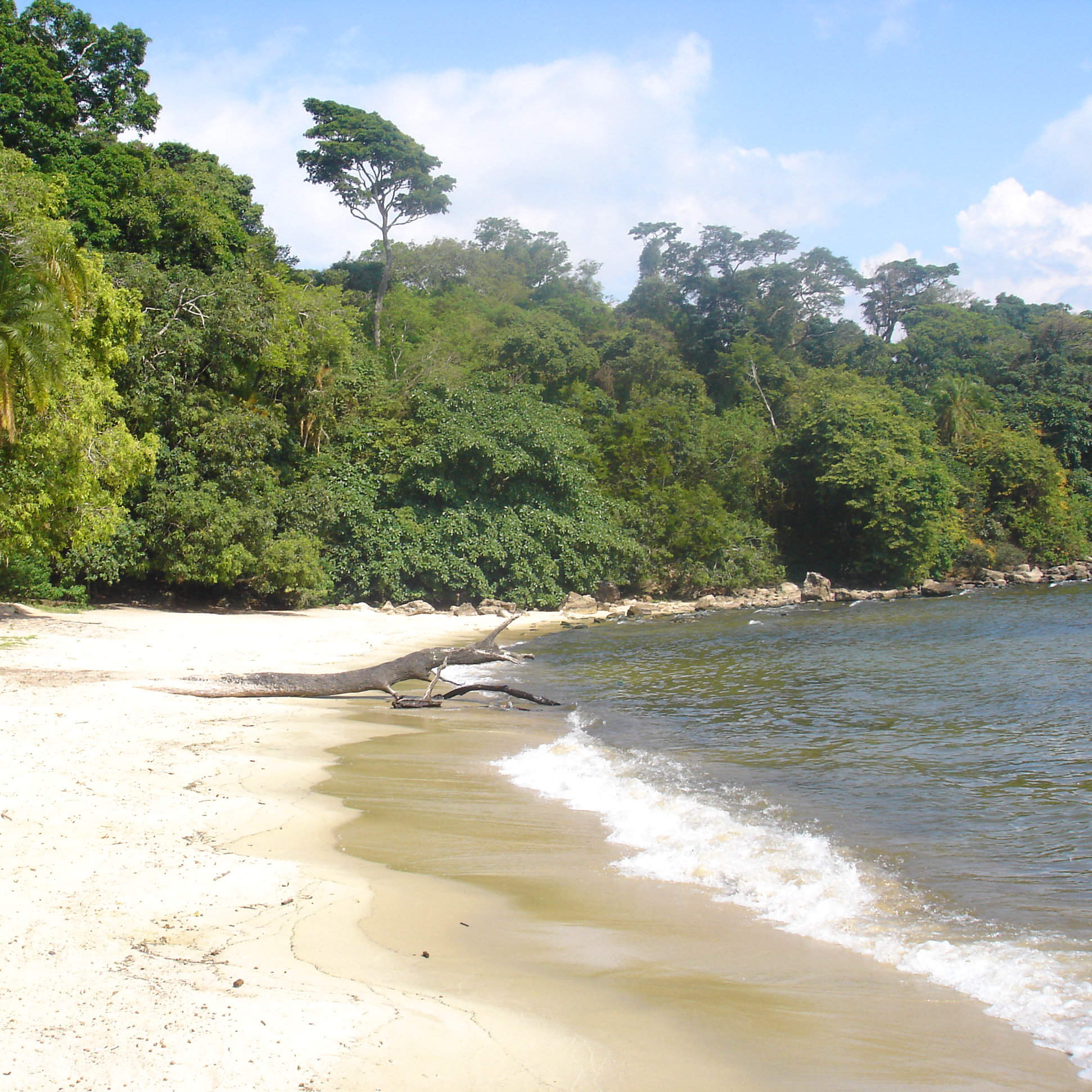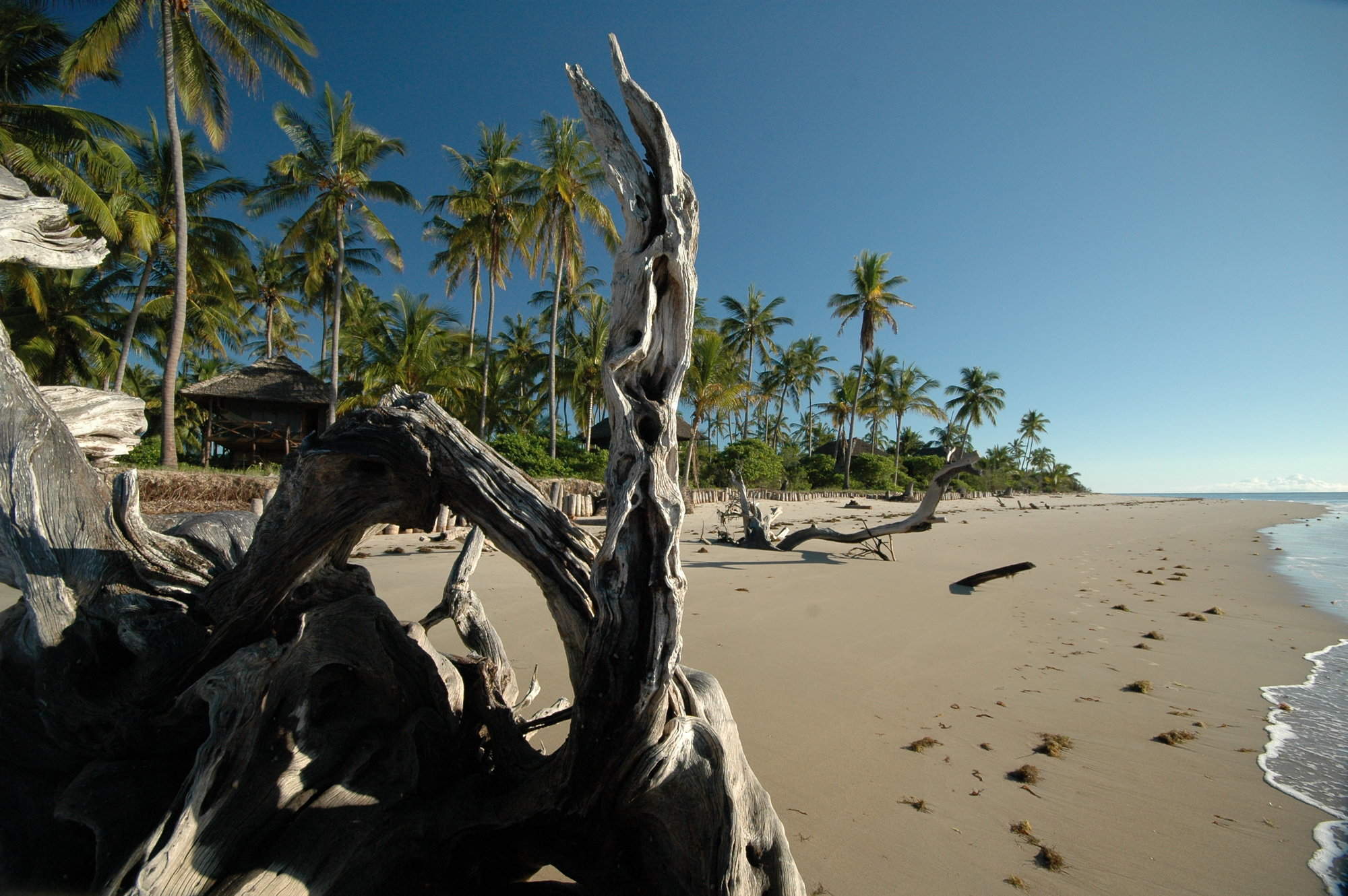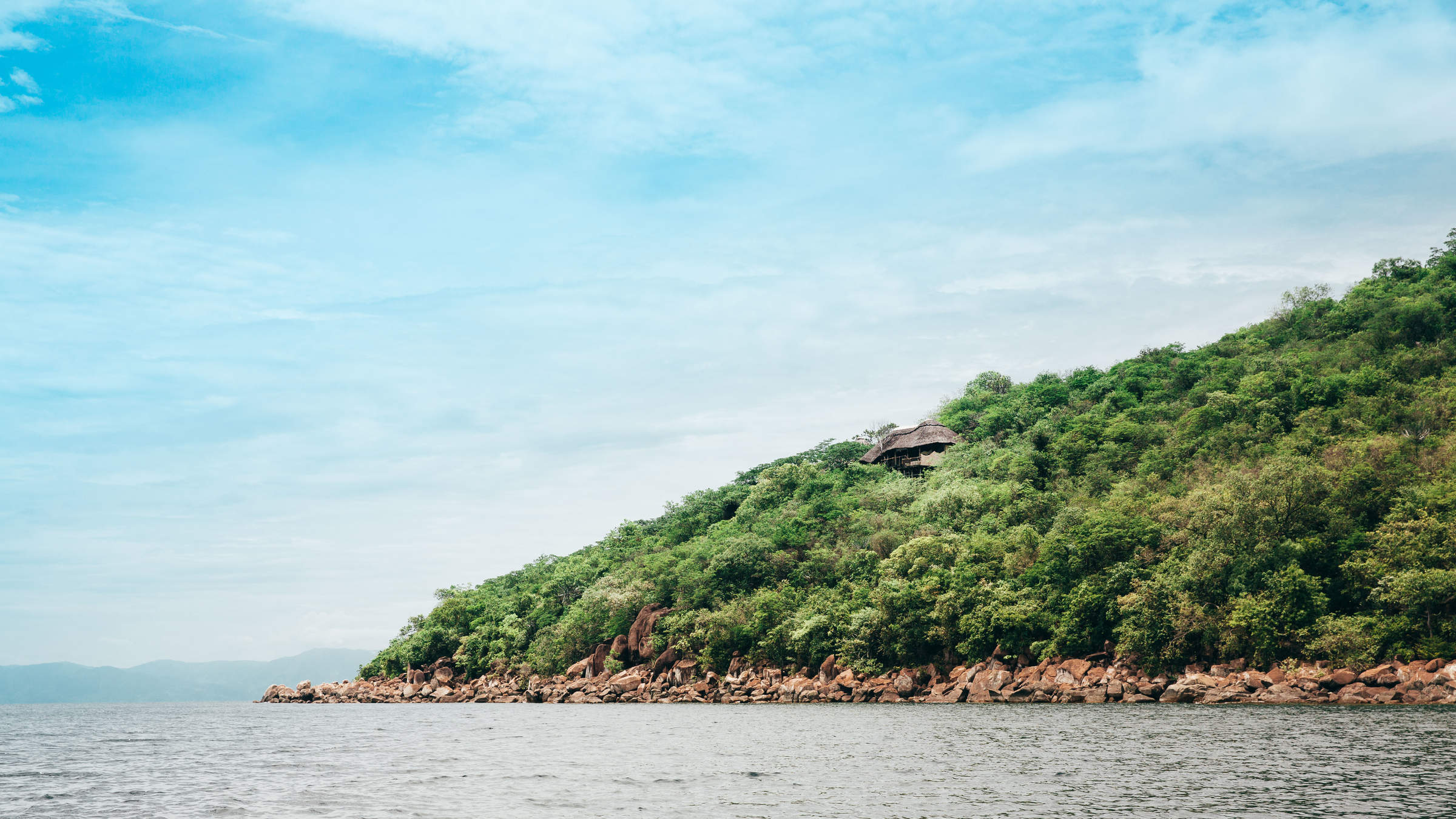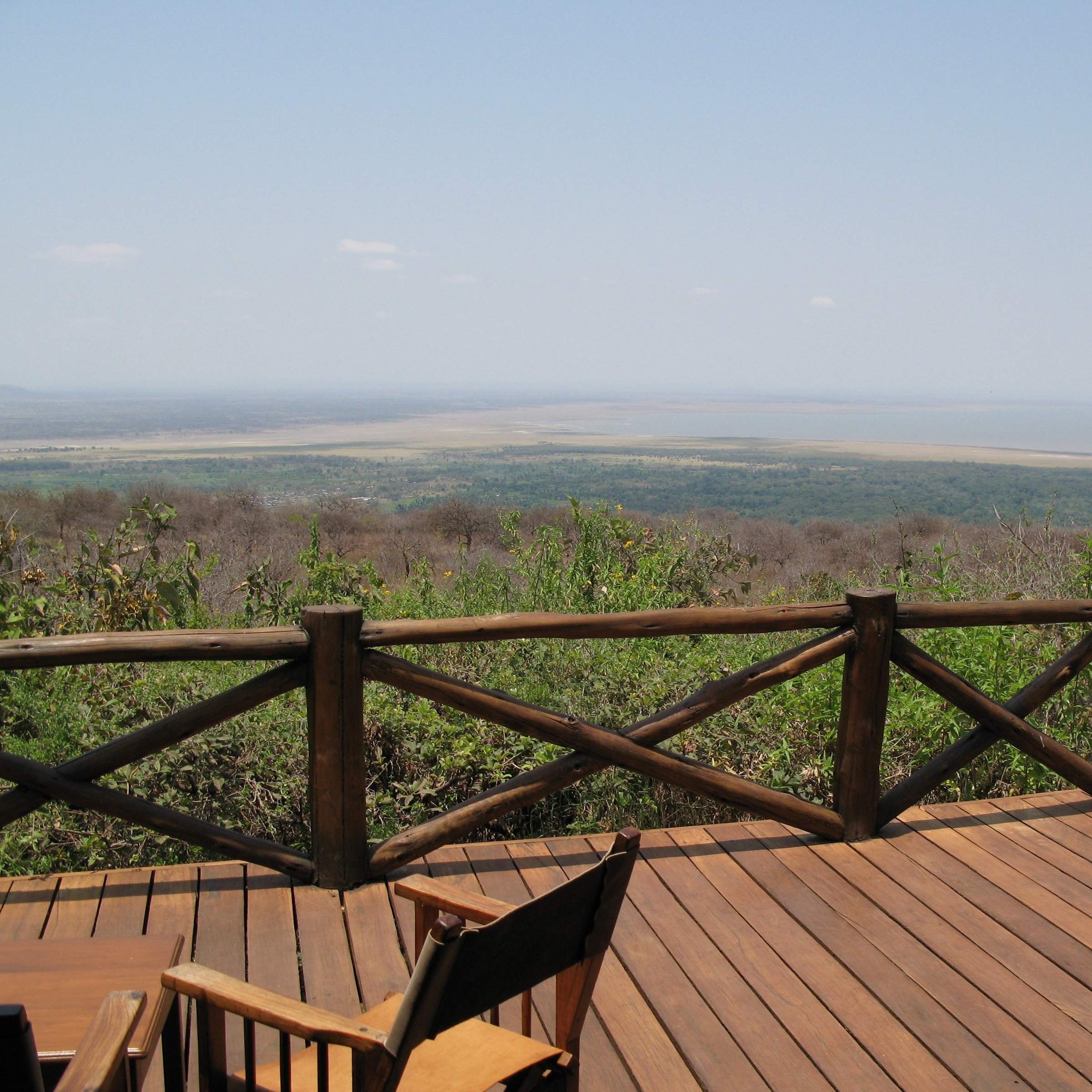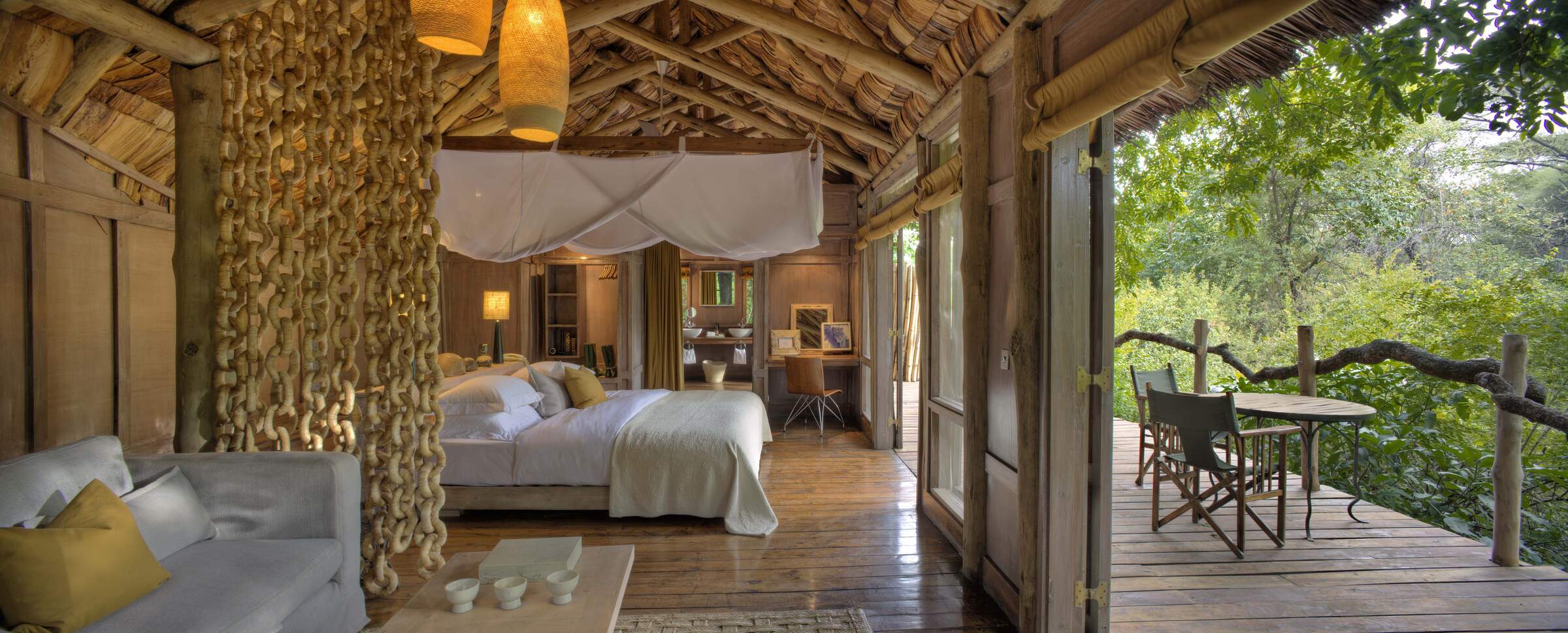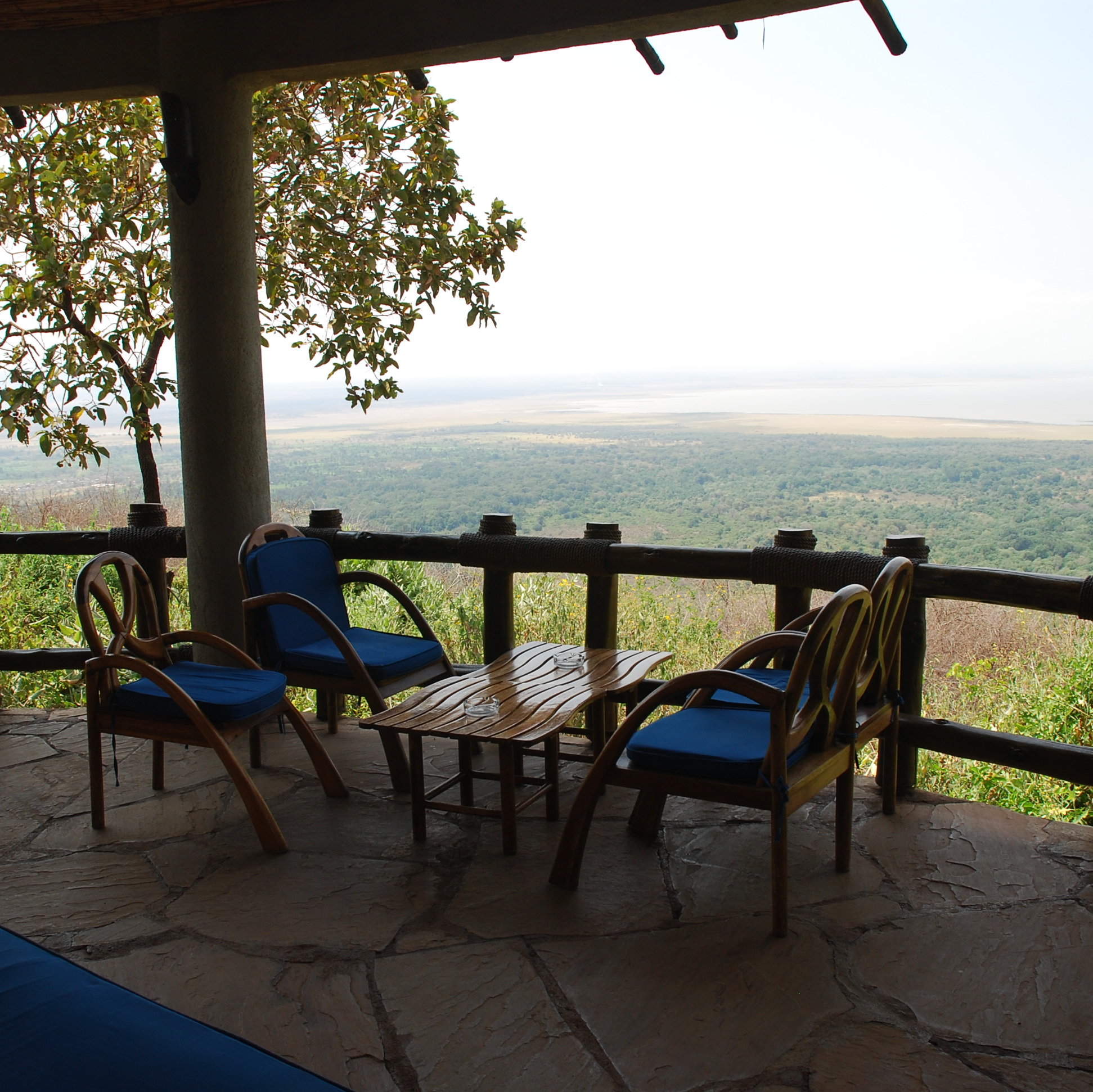About Escarpment Luxury Lodge
With 16 spacious chalets, Escarpment Luxury Lodge is a stylish lodge offering stunning views of Tanzania’s ...
... Lake Manyara National Park and warm African hospitality
Although we were unable to stay at Escarpment Luxury Lodge when we were last in the area (they were fully booked), we really liked the feel of this contemporary lodge. The pool and decking area offer stunning views out over the national park and staff are efficient and courteous.
- Accommodation
- 16 chalets
- Children
- Best for 10+
- Open
- All year
Activities

4WD Safari

Birdwatching

Cultural excursion

Mountain biking

Night drive

Private activities

Looking for inspiration on where to travel next?
Visit our trip chooser to explore your options and find inspiration for your perfect African adventure
Inspire meTraveller reviews of Escarpment Luxury Lodge
3 real, un-edited reviews from Expert Africa's travellers.
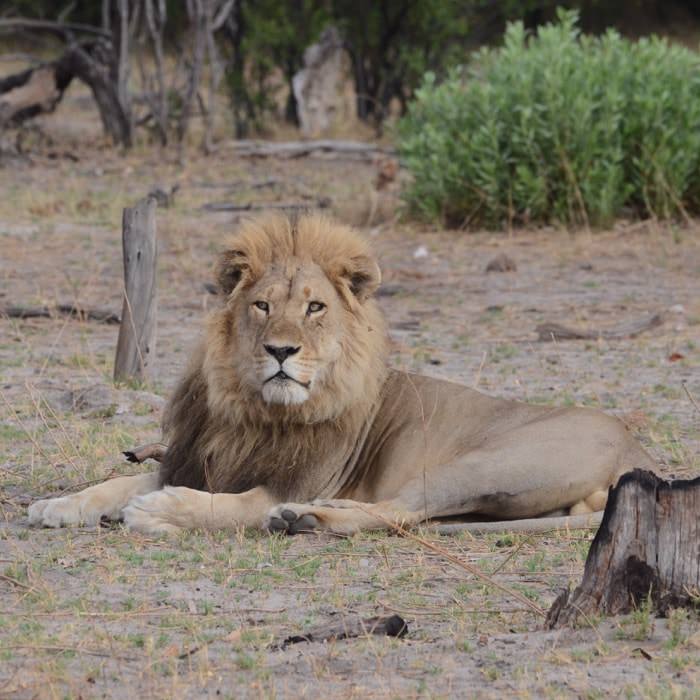
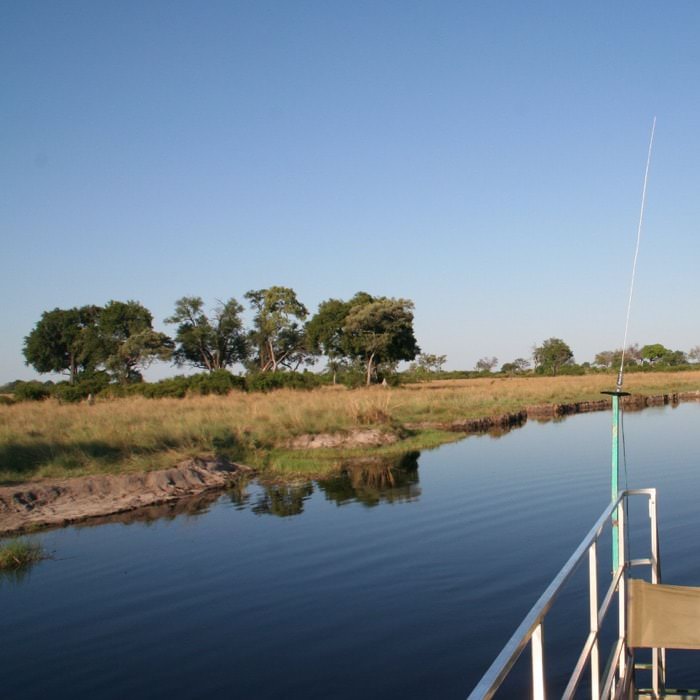
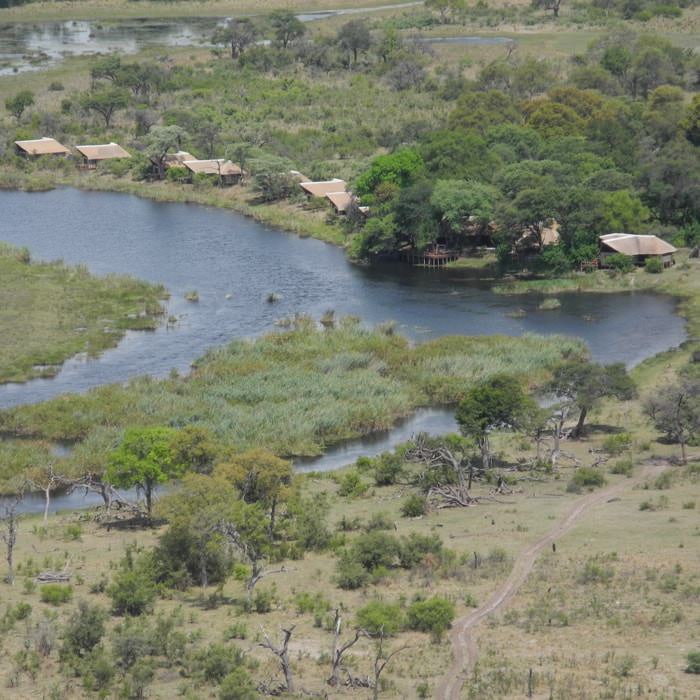
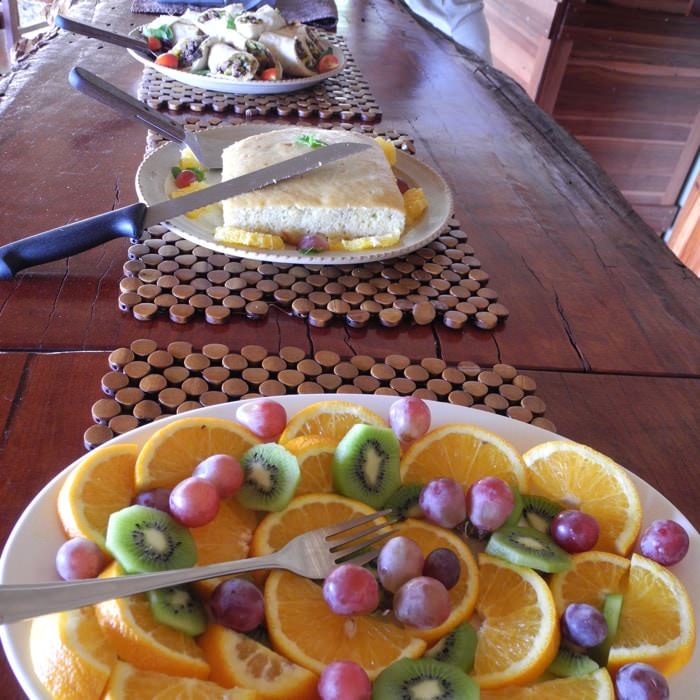

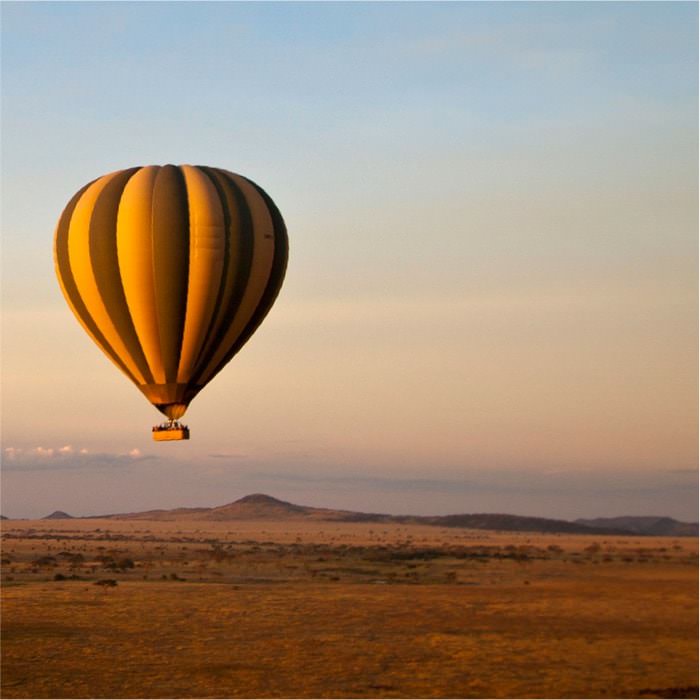

Expert Africa's gallery
When we travel we take lots of photos ourselves to give you a real and un-edited view of the safaris. See our 5 pictures of Escarpment Lux Lodge to get the candid view.
View galleryOur travellers’ wildlife sightings from Escarpment Lux Lodge
Click an animal to see our traveller's success in sighting them.
How we work this out.

50% success

50% success

50% success

50% success

0% success

0% success

0% success

0% success

0% success

0% success

0% success

0% success

0% success

0% success

0% success
Escarpment Luxury Lodge's location
Look closer at the environment and surroundings of Escarpment Lux Lodge.
When to go to Lake Manyara National Park
Our month by month guide: What it's like to visit Escarpment Lux Lodge in Lake Manyara National Park
Jan
Feb
Mar
Apr
May
Jun
Jul
Aug
Sep
Oct
Nov
Dec
Lake Manyara National Park in January
Lake Manyara National Park enters its short dry season in January. The tree-climbing lions, a unique attraction, are more easily spotted as vegetation thins. The groundwater forest remains lush, hosting baboon troops and blue monkeys. Birdlife is particularly interesting as resident species enter breeding plumage and migrants arrive. The alkaline lake attracts flamingos and other water birds.
Game viewing improves as animals concentrate around water sources. Night game drives reveal nocturnal animals like hippos at the Simba River pool. The Treetop Canopy Walk offers excellent birdwatching opportunities. While the southern areas of the park may still be wet, the northern sections provide better wildlife viewing. January offers great value for visitors, with quieter park conditions.
- Migratory birds present in large numbers
- Fewer visitors, more peaceful experience
- Possible to see newborn animals
Our view
A good time to visit, with pros & cons
Weather in January
Lake Manyara National Park in February
February in Lake Manyara National Park sees rising temperatures, reaching around 33°C/91°F. The short dry season continues, making it an excellent time for wildlife viewing. The park's famous tree-climbing lions are more visible as they seek refuge from insects and heat in the trees. Elephant herds are frequently spotted in the savannah plains and forested areas. Game drives are highly productive, with increased chances of spotting diverse wildlife including buffaloes, wildebeests, and various antelope species.
Birdlife is particularly rewarding, with both resident and migratory species present. The alkaline lake attracts large flocks of flamingos, creating a spectacular sight.
- Excellent for bird watching, many species active
- Flamingos often visible on Lake Manyara
- Wildlife more dispersed due to water abundance
- Lower rates at lodges and camps
Our view
A very good time to visit
Weather in February
Lake Manyara National Park in March
March marks the beginning of the long rainy season in Lake Manyara National Park. The landscape transforms as vegetation becomes lush and green. While this can make wildlife viewing more challenging, it creates beautiful scenery. The groundwater forest is particularly vibrant during this time. The park's famous tree-climbing lions may be harder to spot but are still present. Elephant herds can be seen enjoying the abundant vegetation.
Migratory birds are still present, making it an excellent time for birdwatching enthusiasts. The alkaline lake's water levels start to rise, changing the dynamics of the shoreline.
Some camps may begin to close, but many larger lodges remain open.
- Rainfall increases, vegetation still lush
- Migratory birds prepare to depart
- Good time for photography with clear skies
Our view
A good time to visit, with pros & cons
Weather in March
Lake Manyara National Park in April
April is the wettest month in Lake Manyara National Park, with an average rainfall of 250mm. The park's ecosystem is in full bloom, with lush vegetation and flowing streams. While big game viewing becomes more challenging due to dense foliage, this is an excellent time for botanists and bird enthusiasts. The groundwater forest is teeming with life, and the Treetop Canopy Walk offers unique views of the verdant canopy. The famous tree-climbing lions may seek shelter from the rain, making sightings less frequent. Despite the rain, dedicated wildlife enthusiasts can still enjoy rewarding experiences, especially in observing smaller creatures and lush plant life.
Migratory birds are still present, adding to the park's rich avian diversity. The alkaline lake reaches its highest levels, altering the landscape dramatically.
- Landscape beautiful with wildflowers blooming
- Big game viewing more challenging
- Birdwatching still excellent
Our view
This is not a great time to visit
Weather in April
Lake Manyara National Park in May
May in Lake Manyara National Park typically sees the rains continue. The landscape remains lush and green, offering beautiful scenery. Wildlife viewing starts to improve as animals begin to congregate around water sources as the rain decreases. The groundwater forest is particularly vibrant, hosting diverse primate species including baboons and blue monkeys. The famous tree-climbing lions become more active as the rains decrease. Elephant herds are frequently spotted enjoying the abundant vegetation. As the month progresses, game drives become increasingly rewarding with improved wildlife sightings.
Birdlife remains excellent, with both resident and some lingering migratory species present. The alkaline lake's water levels remain high, attracting various water birds. The Treetop Canopy Walk offers excellent opportunities for observing the forest ecosystem.
- Improving visibility for spotting wildlife
- Elephants more easily seen in open areas
- Water birds attracted by the high levels of the alkaline lake
Our view
This is not a great time to visit
Weather in May
Lake Manyara National Park in June
June marks the beginning of the dry season in Lake Manyara National Park. Wildlife viewing improves significantly as animals start concentrating around permanent water sources. The famous tree-climbing lions become more visible as they seek elevated spots to catch breezes and avoid insects. Large elephant herds are frequently spotted in the savannah plains and near the lake. Game drives become highly productive, offering opportunities to see diverse wildlife including buffaloes, wildebeests, and various antelope species.
Birdlife remains excellent, with many species easily observable. The alkaline lake begins to recede, concentrating flamingos and other water birds. The Treetop Canopy Walk provides unique perspectives of the forest and its inhabitants. Night game drives reveal nocturnal animals and offer a different park experience.
- Dry season starts, vegetation thinning out
- Tree-climbing lions more visible on branches
- Large herds gather at remaining water sources
- Clear skies perfect for landscape photography
- Comfortable temperatures, low humidity
Our view
A good time to visit, with pros & cons
Weather in June
Lake Manyara National Park in July
July is an excellent month for visiting Lake Manyara National Park. The dry season is in full swing, resulting in excellent wildlife viewing conditions. The park's famous tree-climbing lions are often spotted in acacia trees, providing unique photo opportunities. Large herds of elephants frequent the shrinking water sources, offering impressive sightings. Game drives are rewarding, with increased chances of spotting diverse wildlife in the open plains and around water bodies.
The alkaline lake continues to recede, concentrating flamingos and other water birds in spectacular numbers. Birdlife remains rich, with many species easily observable.
- Prime time for game viewing and safaris
- High chance of seeing the Big Five
- Busy season with more visitors in the park
- Spectacular sunsets over Lake Manyara
- Hippos concentrate in shrinking water bodies
Our view
Fantastic: the very best time to visit
Weather in July
Lake Manyara National Park in August
August in Lake Manyara National Park offers superb wildlife viewing opportunities. The dry season peaks, concentrating animals around remaining water sources. The famous tree-climbing lions are frequently spotted, often seeking refuge from the heat in acacia trees. Large elephant herds are easily observed in the savannah plains and near the shrinking lake. Game drives are highly productive, offering excellent chances to spot diverse wildlife including buffaloes, wildebeests, and various antelope species.
The receding alkaline lake creates a spectacular sight with thousands of flamingos and other water birds. Birdlife remains rich, with many species easily observable. The clear skies and dry conditions make this an ideal time for photography.
- Excellent month for wildlife photography
- Tree-climbing lions frequently spotted
- Large elephant herds near remaining water
- Peak dry season, excellent wildlife viewing
Our view
Fantastic: the very best time to visit
Weather in August
Lake Manyara National Park in September
September is an excellent month to visit Lake Manyara National Park. The dry season continues, providing optimal conditions for wildlife viewing. The famous tree-climbing lions are often spotted seeking refuge from the heat in acacia trees. Large elephant herds congregate around the shrinking water sources, offering impressive sightings. Game drives are highly rewarding, with increased chances of spotting diverse wildlife in the open plains and around water bodies.
The receding alkaline lake concentrates flamingos and other water birds, creating spectacular scenes. Birdlife remains rich, with many species easily observable. The clear skies and dry conditions continue to favour photography.
- Wildlife concentrated around water sources
- Predator sightings increase near prey
- Birdlife abundant at hippo pool area
- Pleasant temperatures for outdoor activities
- Great month for night game drives
Our view
Fantastic: the very best time to visit
Weather in September
Lake Manyara National Park in October
October marks the end of the dry season in Lake Manyara National Park, offering excellent wildlife viewing opportunities. The famous tree-climbing lions are frequently spotted as they seek elevated positions to catch breezes. Large elephant herds are easily observed around the remaining water sources. Game drives are highly productive, with diverse wildlife congregating in open areas.
The alkaline lake reaches its lowest levels, concentrating flamingos and other water birds in impressive numbers. Birdlife remains rich, with many species easily observable. As the month progresses, there's a possibility of short rains, which can bring welcome relief to the parched landscape and animals.
- Last month of peak dry season
- Fantastic wildlife viewing opportunities
- Vegetation sparse, easier to spot animals
- Migratory birds begin to return to the park
- Ideal for combining game drives and walks
Our view
A very good time to visit
Weather in October
Lake Manyara National Park in November
November sees the start of the short rainy season in Lake Manyara National Park. The landscape begins to transform as vegetation turns green. Wildlife viewing remains good, although animals start to disperse as water becomes more widely available. The famous tree-climbing lions may be spotted less frequently as they have less need to seek elevated positions. Elephant herds begin to move away from permanent water sources. Game drives can still be rewarding, especially early in the month.
Birdlife becomes particularly interesting as migratory species arrive from Europe and North Africa. The alkaline lake's water levels start to rise, changing the dynamics for water birds. The Treetop Canopy Walk offers unique perspectives of the rejuvenating forest. The Maji Moto hot springs provide a warm retreat on cooler, rainy days.
- Short rains begin, landscape starts to green
- Wildlife still easily visible near water
- Migratory birds arrive in large numbers
- Newborn animals may be seen in the park
- Lower visitor numbers, more exclusive feel
Our view
A good time to visit, with pros & cons
Weather in November
Lake Manyara National Park in December
December in Lake Manyara National Park sees the continuation of the short rainy season. The landscape is lush and green, offering beautiful scenery. Wildlife viewing can be challenging as animals disperse due to widely available water, but patient observers can still have rewarding experiences. The famous tree-climbing lions may be harder to spot but are still present. Elephant herds enjoy the abundant vegetation across the park. Despite occasional rain showers, game drives can still be productive.
Birdlife is excellent, with both resident and migratory species present in large numbers. The alkaline lake's rising water levels attract diverse water birds. The Treetop Canopy Walk provides unique views of the vibrant forest canopy. December can offer great value for visitors outside the peak holiday period.
- Abundant birdlife, including flamingos on lake
- Wildlife more dispersed but still viewable
- Possible thunder showers in afternoons
Our view
A good time to visit, with pros & cons
Weather in December
Other areas in Tanzania
Tanzania fact file
Useful information and advice to help you prepare for a trip including Escarpment Luxury Lodge

Flights to Tanzania
How to get to and within the country

LGBT travel in Tanzania
Attitudes, the law & our experiences

Privately guided safaris
Safari with a private guide in your own 4WD

The Great Wildebeest Migration
Info to maximise the experience

Tanzania general info
Essential travel information
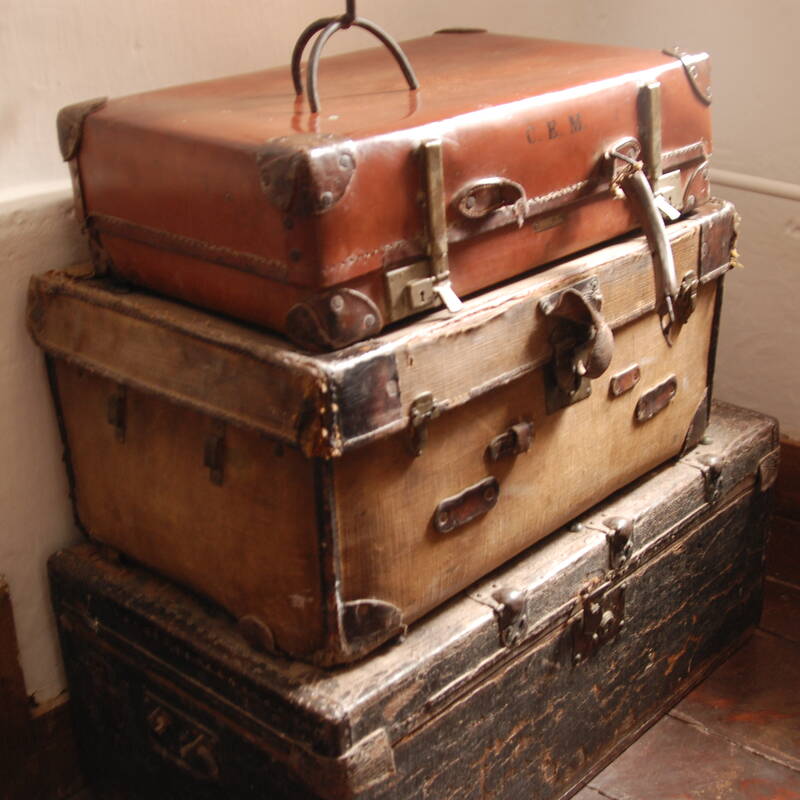
Tanzania safari packing list
Advice and tips on what to take on safari

Tipping in Tanzania
Expectations & guidelines for tipping

Weather & climate
The best time to visit Tanzania
Excursions from Escarpment Lux Lodge
Optional extra day-trips and excursions possible whilst you're staying at Escarpment Lux Lodge. Talk to us: these are usually best arranged before you go.
Other lodges in Lake Manyara National Park
Alternative places to stay in this same area.

